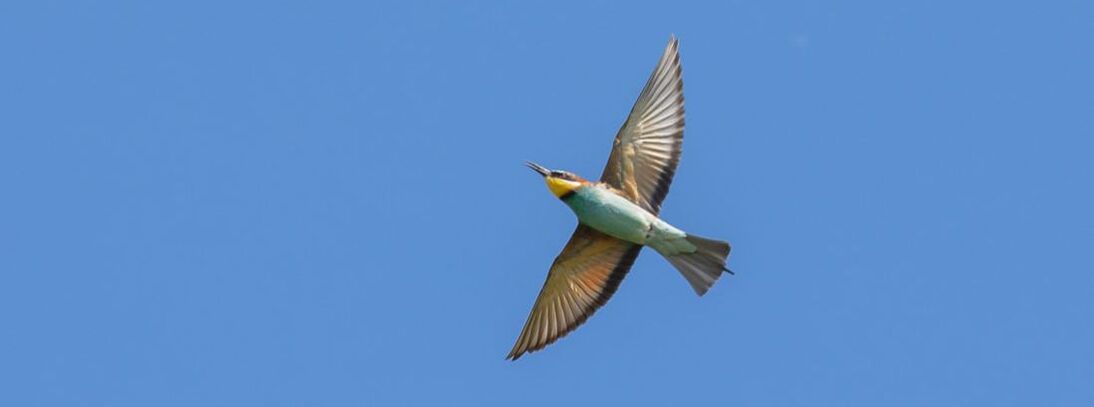|
The rush of spring migration is over, and most birds are concentrating on pairing up and nesting. The second half of May can spring surprises though. Warm southerly winds last week resulted in several Mediterranean migrants ‘overshooting’ to Britain. A Golden Oriole was a great find on Bardsey last week, and a Bee-eater over RSPB South Stack on Saturday would have attracted more attention had it not continued out to sea. Hobbies and Spotted Flycatchers are still arriving in North Wales from the south, while to the south a Dark-eyed Junco, Moltoni’s Warbler and Woodchat Shrike have been seen in Pembrokeshire.
Small numbers of waders are still moving north, with Little Stints on the Alaw estuary, Cemlyn and Traeth Cymyran at the weekend, with small flocks of Sanderlings. A Curlew Sandpiper was among a large flock of Dunlins on the Alaw estuary too. The Iceland Gull that wintered on the Little Orme remains in the area, favouring the rocks below Great Orme’s former lighthouse. Hooded Crows have been at RSPB South Stack, the Great Orme and Tregele. A Little Gull and two Mediterranean Gulls have been on Llyn Bach, near Porthmadog, and a Whooper Swan on nearby Pwll McAlpine may not have been strong enough to make the return migration to Iceland. Birds are not the only migrants on the move. The southerly airflow has enabled good numbers of migratory moths and butterflies to arrive in Britain this week. Painted Lady butterflies, dark orange with black-and-white striped wingtips, are among the most obvious, their ‘journey’ having begun several generations ago in North Africa. Moth enthusiasts have also enjoyed day-flying Hummingbird Hawkmoths and nocturnal Striped Hawkmoths. With an 8 cm wingspan, they love feeding around Red Valerian, a common plant in North Wales. More than 100 Striped Hawkmoths have been reported on Twitter in the last week, according to @MigrantMothUK, the majority in southern England. But one found on Bardsey shows that they could turn up anywhere, and some may lay eggs here on bedstraw and dock plants.
0 Comments
Leave a Reply. |
Bird notesA weekly update of bird sightings and news from North Wales, published in The Daily Post every Thursday. Archives
July 2024
Categories |

 RSS Feed
RSS Feed
